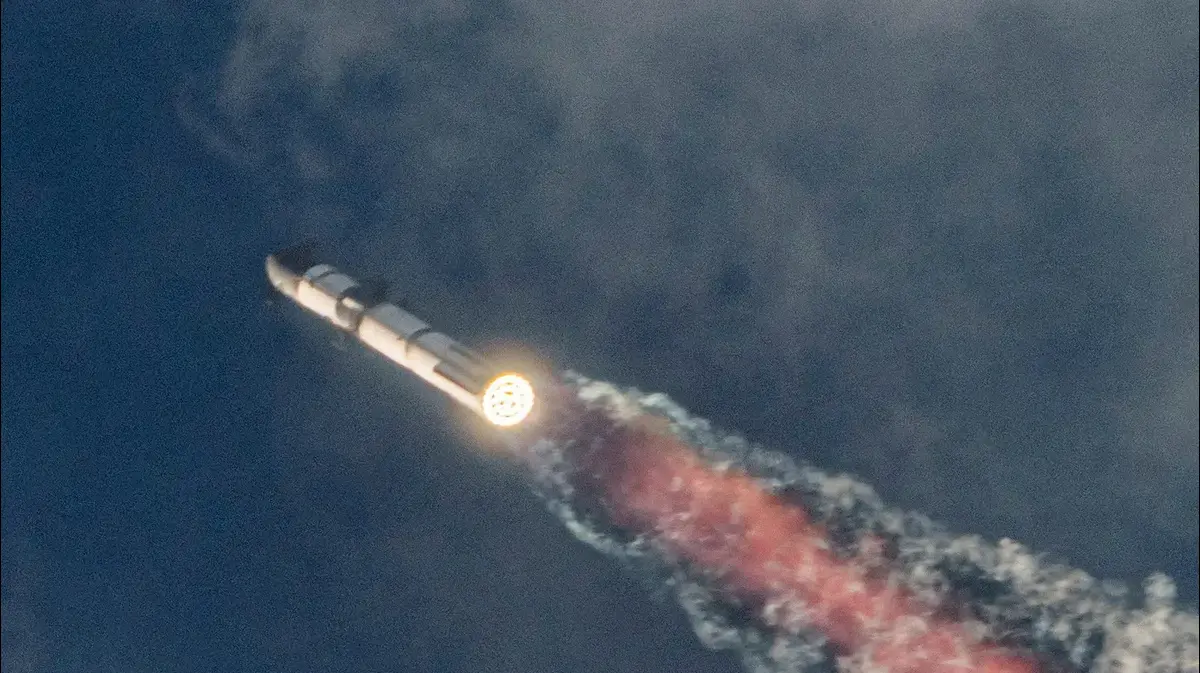The first spacecraft to capture earthquakes on another planet and reveal its interior structure —
InSight
— has been presumed dead after two failed communication attempts.
The last time the US space agency (NASA) managed to connect with this spacecraft the size of a van located near the equator of Mars was on the 15th. Those responsible for the mission were aware that they were going to lose contact with the spacecraft, because for months his solar panels had been filled with very fine Martian dust that had left his batteries without energy.
Throughout this year, mission engineers had tried desperate maneuvers to save the ship.
They've shaken the panels and even used the robotic arm to throw sand on them in hopes of cleaning them, but nothing has worked.
"When the news arrived, it affected me more than I expected," Simon Stähler, a geophysicist at the Swiss Federal Polytechnic School and member of the mission's scientific team, admits to this newspaper.
"Now our probe is part of the Martian landscape and if there are more earthquakes nobody will be able to capture them," he highlighted.
The last hope is that a small tornado comes along and blows away the encrusted dust, as happened with the
Spirit vehicles.
and
Opportunity
, though the odds are lower because the
InSight
can't move.
“A dust devil could revive the mission, but we need that to happen soon, because without power the spacecraft's electronic equipment and batteries will soon freeze beyond repair,” Stähler details.
InSight
had on board the first seismometer installed on another planet and with it made a historic discovery: that Mars is not a geologically dead planet.
His entrails move, as witnessed by the 1,319 tidal waves he has captured since he landed on the red planet in May 2018.
In October of this same year, when the ship was already touched to death due to lack of energy, the mission's scientific team revealed that
InSight
had captured the earthquakes caused by the collision of two meteorites in 2021. The seismic alert launched by
InSight
it allowed an orbiting probe to locate the crater of one of the impacts, which was 150 meters in diameter and had unearthed at least a ton of ice from the bowels of the planet.
The name of InSight summarizes in English the official title of the mission: Seismic, geodetic exploration and heat transport - from the interior of the planet to its surface.
The project cost about 800 million euros and has revealed the internal structure of the red planet.
Accumulated data shows that the outermost layer, the crust, is about 30 kilometers thick.
The seismic signals from about 500
marsquakes
also made it possible to confirm that Mars harbors a liquid core with a diameter of about 1,800 kilometers, half that of Earth.
This is the first time that humanity has captured earthquakes on another planet and created a seismic warning system.
The only precedent, much more rudimentary, was carried out by the astronauts of the Apollo program in the 70s, when they detonated explosives on the Moon to cause seismic waves and study the interior of the satellite, in this case completely dead.
The InSight mission has an important contribution from France, Switzerland, the United Kingdom, Poland and Spain, which have developed the temperature and wind sensors.
Philippe Lognonné, of the Institute of Earth Physics in Paris, is the principal investigator of the seismometer.
"We have made groundbreaking discoveries, we can be very proud of everything we have learned during this mission," he highlighted in a NASA press release.
InSight
's biggest scientific surprise
came this month, just 10 days before contact with the spacecraft was lost.
According to a team of researchers from the University of Arizona who analyzed data from several orbital probes as well as seismic motions, Mars is home to a currently active volcanic region that is about the size of western Europe and could erupt at any time. moment.
It's quite a paradigm shift for a planet that, until this ship arrived, was thought to be completely dead on the inside.
You can follow
MATERIA
on
,
and
, or sign up here to receive
our weekly newsletter
.





